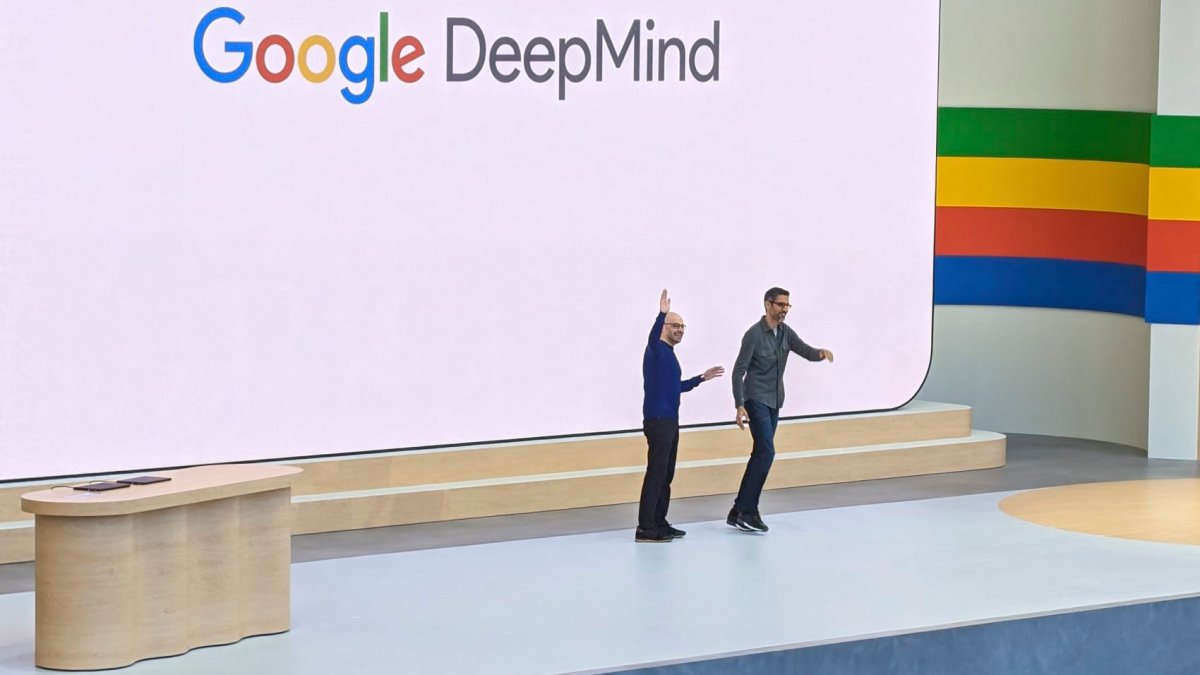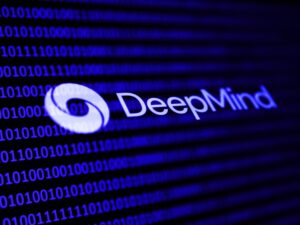DeepMind Plans to Leverage AI Models for Robotics Development

Google DeepMind Launches New AI Models for Robotics
On a recent Wednesday, Google DeepMind introduced two innovative AI models specifically designed for robotic applications. Both models operate on what Google describes as its "most capable" AI framework to date, Gemini 2.0.
New AI Models: Gemini Robotics and Gemini Robotics-ER
The two new models, named Gemini Robotics and Gemini Robotics-ER (Extended Reasoning), showcase a leap forward in AI technology. Unlike previous generative AI applications that mainly produce text and images, these models focus on generating commands that direct robots in physical actions. Google’s goal is to make AI more adaptable and practical in real-world scenarios where robots need to execute tasks.
Partnership with Apptronik
To further develop this technology, Google has partnered with Apptronik, a robotics development company based in Texas. Apptronik has experience collaborating with significant organizations like Nvidia and NASA, and recently secured $350 million in funding, with Google participating in this investment round. This partnership aims to develop the next generation of humanoid robots leveraging the capabilities of Gemini 2.0.
Demonstration of Capabilities
In several demonstration videos, robots created by Apptronik and powered by these new AI models were shown performing various tasks. They responded to spoken commands by plugging items into power strips, filling lunchboxes, moving plastic vegetables, and zipping bags. However, Google has not announced a specific timeline for when these robots will be available in the market.
Key Qualities of AI Models for Robotics
Google emphasizes that effective AI models for robotics must possess three essential qualities:
- General Adaptability: Robots need to be able to adjust to different environments and situations.
- Interactive Response: They should quickly understand and respond to instructions or environmental changes.
- Dexterous Manipulation: The robots must be able to perform tasks requiring fine motor skills, mimicking how humans use their hands and fingers.
Gemini Robotics-ER: A Tool for Developers
The Gemini Robotics-ER model serves as a foundational tool for roboticists, enabling them to create and train their own specialized models. It is currently available to Apptronik and a select group of trusted testers, which includes companies such as Agile Robots, Agility Robotics, and Boston Dynamics.
Competitive Landscape in AI Robotics
Google’s advancements are not occurring in isolation. Other companies, such as OpenAI and Tesla, are also actively pursuing robotics projects. Recently, OpenAI invested in a startup called Physical Intelligence, which aims to integrate general-purpose AI into the physical world through large-scale models and algorithms designed for robotics.
Moreover, OpenAI made headlines by hiring a leader from Meta’s augmented reality efforts to direct its robotics initiatives. Tesla, led by Elon Musk, has likewise entered the humanoid robotics sector with its development of the Optimus robot.
Vision for the Future
Google’s CEO Sundar Pichai shared insights into the company’s vision for robotics on social media. He indicated that the integration of robotics serves as an excellent testing ground for the practical application of AI advancements. The robots are designed to utilize Google’s multimodal AI capabilities, allowing them to adapt to their surroundings and make real-time adjustments as needed.
With the ongoing evolution of AI and robotics, these developments mark a significant step toward creating more intelligent, adaptable, and practical machines that can assist in various tasks, reflecting a growing trend in the industry to harness AI for physical interactions.






